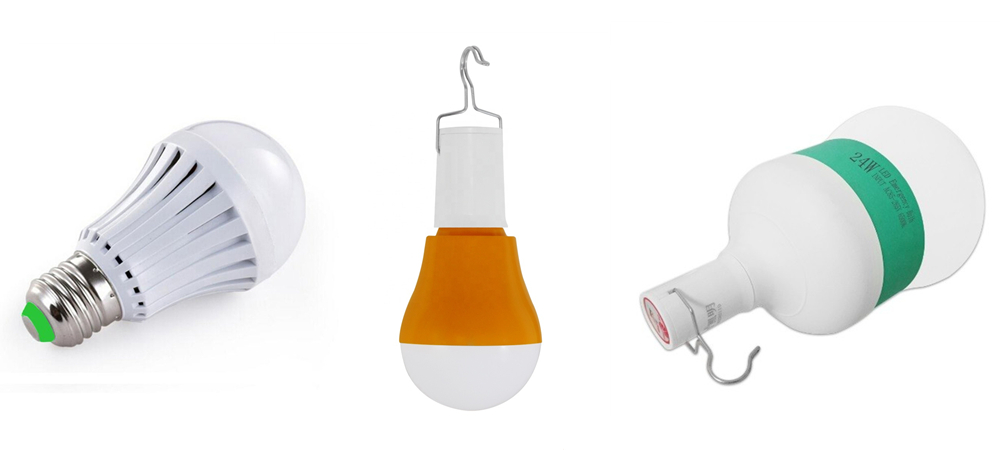Base fertilizer is the most basic link in fertilization. It is essential for crop growth and development, especially in seedling stage and crop growth stage. The application of base fertilizer is generally considered from four aspects: the type and amount of base fertilizer, the type of fertilizer and the depth of application.
In terms of types, organic fertilizers (including farmyard manure, manure, green manure and cake fertilizer) are most suitable for base fertilizer application, and nitrogen, phosphorus, potassium and micro-fertilizer are also suitable as base fertilizers.
To determine the amount of base fertilizer application, especially the amount of fertilizer applied, soil fertility must be considered. In soils with organic matter below 1.2%, organic fertilizer of more than 3 cubic meters per mu should be applied. When the available nitrogen, phosphorus, potassium and trace elements in the soil are lower than the effective threshold of crop fertilization, the fertilizer should be selected first, especially in the early stage of the crop.
The specific dosage of various fertilizers as base fertilizer can be determined by reference to the comprehensive results of field fertilization test results and target yields in the local area. Generally, the total amount of nitrogen fertilizer on the high-fertility soil is about 30%, and the medium and low-fertility soil is 50%-70. The nitrogen fertilizer is used as the base fertilizer, and the phosphorus, potassium fertilizer and micro-fertilizer are all applied as much as possible.
From the perspective of fertilizer varieties, ammonium bicarbonate in nitrogen fertilizer, calcium, diammonium, calcium magnesium phosphate fertilizer, three materials in potassium fertilizer, potassium chloride, potassium sulfate, grass ash in potassium fertilizer, zinc fertilizer in manganese fertilizer, manganese fertilizer, etc. Suitable for the base fertilizer.
In terms of depth, the general base fertilizer should be applied to the entire plough layer, that is, 15-20 cm depth. For organic fertilizer, nitrogen fertilizer, potassium fertilizer, and micro-fertilizer, it can be mixed and evenly spread on the surface, and then ploughed into the soil to achieve uniform mixing of the fertilizer and the whole ploughed soil, so as to facilitate the absorption and utilization of nutrients by different root layers of the crop. Phosphate fertilizer is poor in mobility and is easy to be fixed after application to the soil and loses its effectiveness. Therefore, it should be applied in two layers at the bottom, that is, the lower layer is applied to a depth of 15 to 20 cm, and the upper layer is applied to a depth of about 5 cm. The upper layer mainly meets the demand for phosphorus in the seedling stage, and the lower layer supplies the phosphorus nutrition in the middle and late stages of crop growth.
In terms of types, organic fertilizers (including farmyard manure, manure, green manure and cake fertilizer) are most suitable for base fertilizer application, and nitrogen, phosphorus, potassium and micro-fertilizer are also suitable as base fertilizers.
To determine the amount of base fertilizer application, especially the amount of fertilizer applied, soil fertility must be considered. In soils with organic matter below 1.2%, organic fertilizer of more than 3 cubic meters per mu should be applied. When the available nitrogen, phosphorus, potassium and trace elements in the soil are lower than the effective threshold of crop fertilization, the fertilizer should be selected first, especially in the early stage of the crop.
The specific dosage of various fertilizers as base fertilizer can be determined by reference to the comprehensive results of field fertilization test results and target yields in the local area. Generally, the total amount of nitrogen fertilizer on the high-fertility soil is about 30%, and the medium and low-fertility soil is 50%-70. The nitrogen fertilizer is used as the base fertilizer, and the phosphorus, potassium fertilizer and micro-fertilizer are all applied as much as possible.
From the perspective of fertilizer varieties, ammonium bicarbonate in nitrogen fertilizer, calcium, diammonium, calcium magnesium phosphate fertilizer, three materials in potassium fertilizer, potassium chloride, potassium sulfate, grass ash in potassium fertilizer, zinc fertilizer in manganese fertilizer, manganese fertilizer, etc. Suitable for the base fertilizer.
In terms of depth, the general base fertilizer should be applied to the entire plough layer, that is, 15-20 cm depth. For organic fertilizer, nitrogen fertilizer, potassium fertilizer, and micro-fertilizer, it can be mixed and evenly spread on the surface, and then ploughed into the soil to achieve uniform mixing of the fertilizer and the whole ploughed soil, so as to facilitate the absorption and utilization of nutrients by different root layers of the crop. Phosphate fertilizer is poor in mobility and is easy to be fixed after application to the soil and loses its effectiveness. Therefore, it should be applied in two layers at the bottom, that is, the lower layer is applied to a depth of 15 to 20 cm, and the upper layer is applied to a depth of about 5 cm. The upper layer mainly meets the demand for phosphorus in the seedling stage, and the lower layer supplies the phosphorus nutrition in the middle and late stages of crop growth.
ã€Comment】 ã€Print this article】 ã€Close this page】 ã€Large, medium and small】
Replacement emergency light bulbs are an affordable and easy way to maintain your emergency light for years to come . Instead of buying a new fixture, purchase a replacement emergency light bulb and get your fixture working again today. Emergency lights are important to building safety and required , so don't delay and find your replacement emergency light bulb today. Browse our selection and find the right replacement emergency light bulb now.

Usb Led Bulb,Usb Light Bulb,Emergency Led Light Bulb,Rechargeable Led Light Bulb,Smart Rechargeable Led Bulb
Jiangmen City Pengjiang District Qihui Lighting Electrical Appliances Co., Ltd , https://www.qihuilights.com